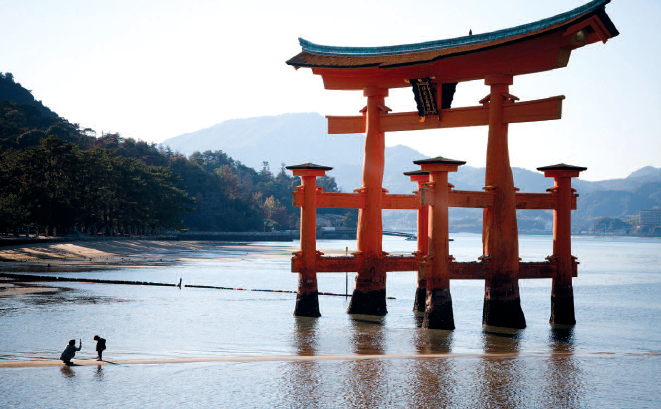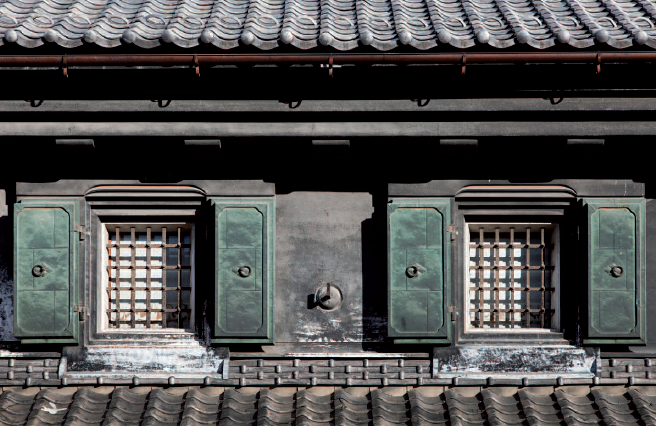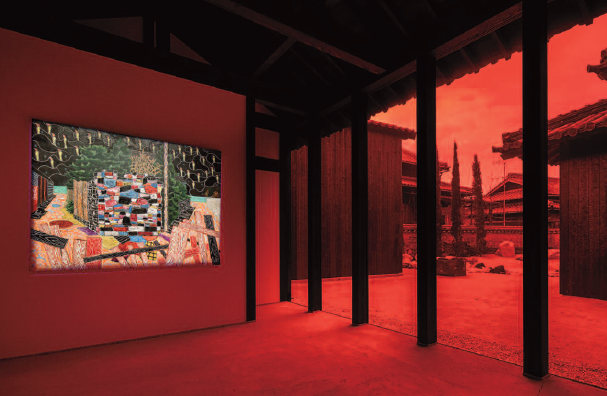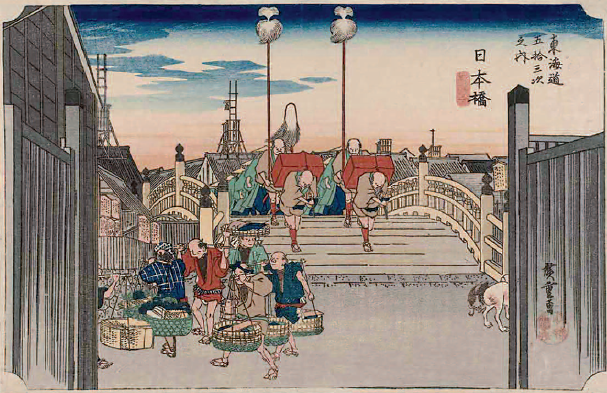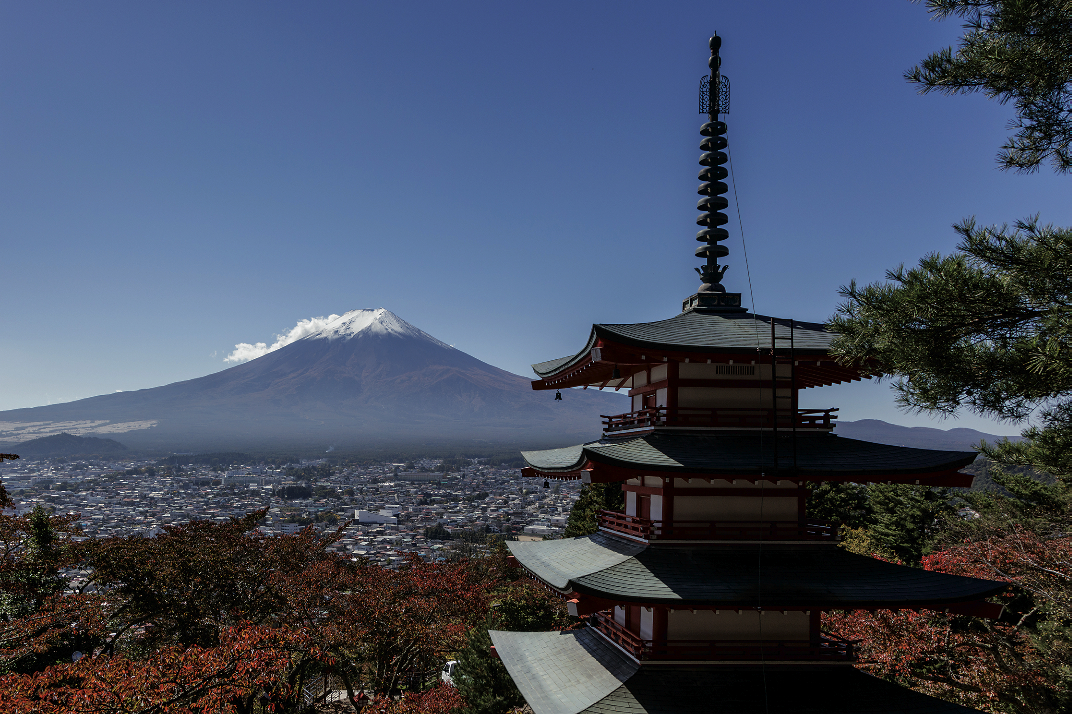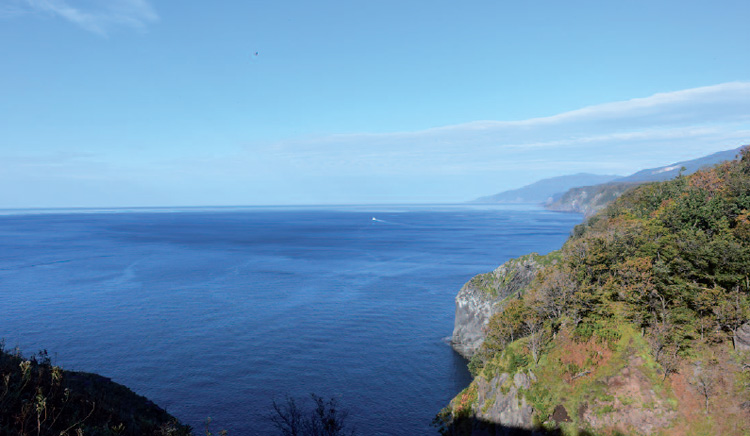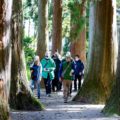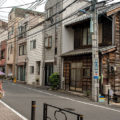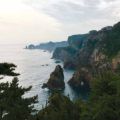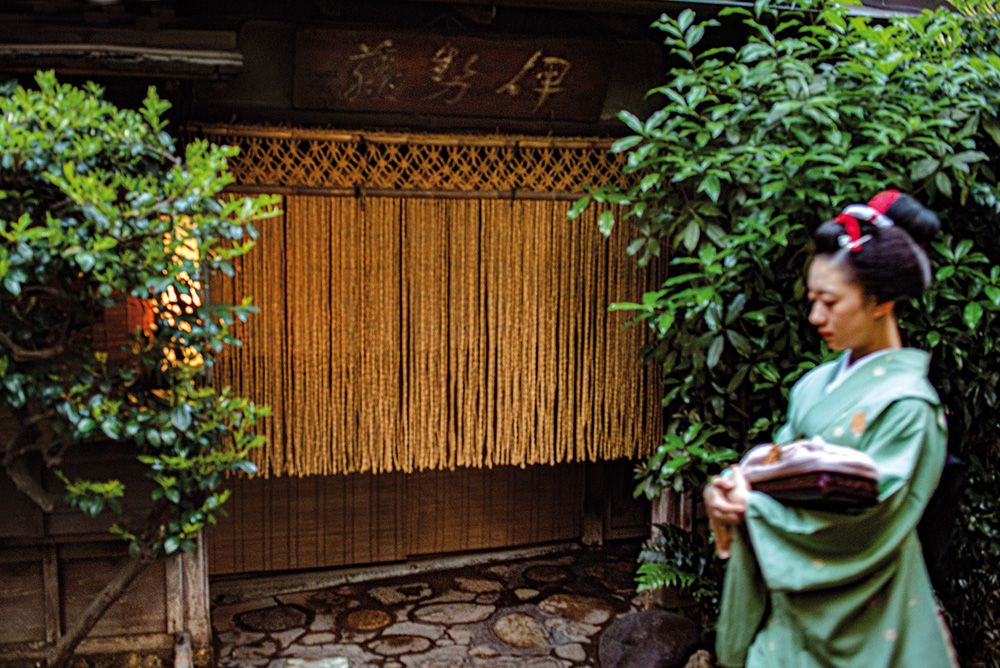

Today there are only around twenty geisha left in this district, compared to 600 in the 1930s.
This is one of the last areas of the capital to have resisted the changes linked to the capital becoming modern.
In ever-changing Tokyo, the few remaining vestiges of the past are being bulldozed out of the way to make space for new steel-andglass structures. However, there’s a place in the heart of the city where tradition is still valued. Welcome to Kagurazaka.
During the Edo period (1603-1868), this relatively small area was located just outside the outer moat of Edo Castle and quickly gained prominence as an entertainment district with numerous geisha houses and restaurants. Some of these houses have survived the many changes and tragedies Tokyo has experienced in the last 400 years, and their presence testifies to the area’s culture and atmosphere.
Kagurazaka is run through by the similarly named 500 m sloping street on the hill where Iidabashi Station was built. The street itself attracts a lot of casual visitors and tourists. It’s also one of the district’s less interesting spots as many of the local shops and eateries have been replaced by the usual fast food joints and restaurant chains and cafes that can be found anywhere else.
A curious feature of this street is that it’s an “alternate one-way road”, meaning that in the morning the traffic only goes downhill and switches to uphill in the afternoon (it’s also completely closed to traffic between 12:00 and 13:00, and from 12:00 to 19:00 on Sundays and public holidays). The one-way system was established in 1956, at a time when the street had no pavements and people complained about the dangers of negotiating the narrow slope through heavy two-way traffic. According to urban legend, this particular alternate pattern was devised to accommodate powerful politician (and future prime minister) TANAkA kakuei who commuted daily from his house in Mejiro to either the National Diet or the Ministry in the city centre.
Historical curiosities aside, the real heart of Kagurazaka is hidden in the maze of winding back alleys and narrow stairways on both sides of the slope where the kagai (“flower town”, i.e. geisha world) is still quietly going about its business – though mostly unseen by casual passersby. Walking uphill, let’s take the second street on the left. We quickly reach Atami-yu, a public bath that used to be a sort of meeting place for the tightly woven community of people who lived and worked in the area. During the 1950s, according to the owner, about 200 geisha used to visit every day when kagurazaka was one of Tokyo’s many thriving entertainment centres and private baths were a rare luxury. Those were the years when geisha-turned-singer Kagurazaka Hanko scored a big hit with the song Geisha Waltz.
Atami-yu is strategically located at the foot of the picturesque Atami-yu kaidan (staircase), also called Geisha Alley because it connects the public bath to the kenban where geisha practise. This nondescript two-storey building also houses the office that manages the geisha’s work and acts as a broker between the geisha houses and the ryotei (traditional restaurants) where they meet their clients.
Kagurazaka’s kagai was first established in 1857, and thanks to its vicinity to both the city’s political and economic centres, it developed into the number-one downtown entertainment district, so much so that it became known as Yamanote Ginza. Quite miraculously, the local establishments escaped the 1923 Great kanto Earthquake almost unscathed, and in the 1930s, about 600 geisha were working for 150 ryotei.
That was a time when the sound of the shamisen (3-stringed traditional musical instrument) could be heard everywhere and after sunset, the streets were filled with the people who lived in the nearby mansions. With shopping, dining, going to the cinema or attending a stage performance, Kagurazaka was synonymous with fun.
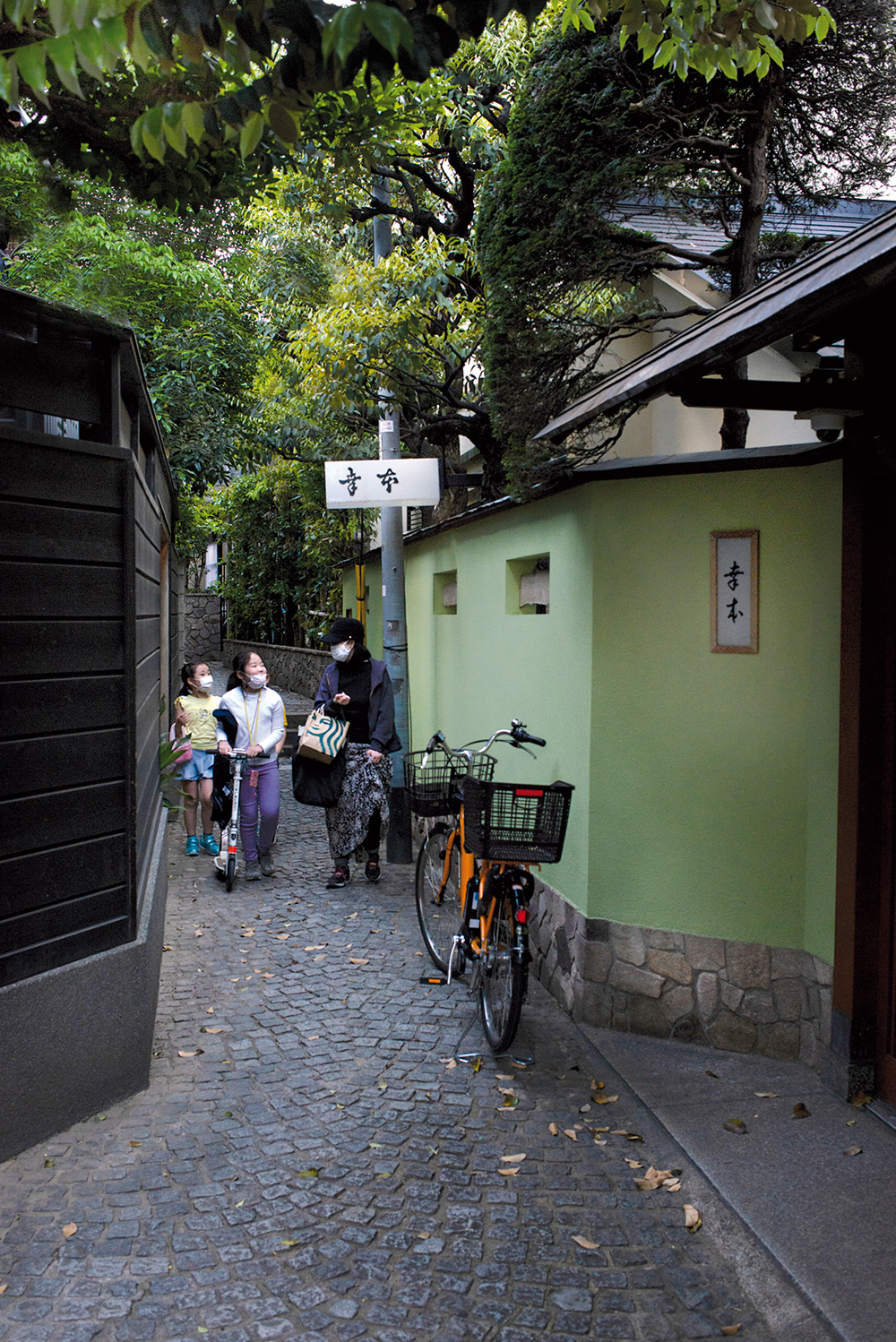
Kagurazaka is notable for its cobbled alleyways where it’s easy to get lost.
According to Sakurai Shin’ichiro, former president of the Kagurazaka Association, the district remained active well into the Pacific War, but when the situation changed for the worse, the geisha had to join the Women’s Volunteer Corps Manchuria-based electrical construction company. Kagurazaka was razed to the ground by the American bombers, but it quickly resumed business soon after the war. When KATAYAMA Tetsu of the Socialist Party became prime minister in 1947, he ordered all ryotei to stay closed, but the owners kept letting customers in by the backdoor. Eventually, the geisha world proved more resilient than the government (probably because the ryotei offered many politicians and entrepreneurs a discreet place where they could conduct their highlevel meetings) and in the years of high economic growth, the area returned to its pre-war heyday. Still, by the early 1960s, the number of geisha had halved to about 250 and the ryotei had shrunk to 50.
Today, only a handful of geisha remain (there were 18 in 2016, ranging from 20- to 70-yearolds), working for the four surviving ryotei. These exclusive restaurants are located on the right of Kagurazaka Street and now, as before, only accept new customers by recommendation. But before crossing the main street, let’s pay a visit to kagurazaka’s main religious site: zenkoku-ji.
Guarded by a pair of grotesque-looking stone tigers, this Buddhist temple is devoted to Bishamonten, one of the Seven Gods of Luck and, according to local belief, the source of kagurazaka’s fortunes. zenkoku-ji even makes an appearance in Botchan (1906), arguably NATSuME Soseki’s most famous novel, where the protagonist attends a fair in the temple grounds and catches a carp only to drop it an instant later.
Just across the street from the bright-red gate that marks the entrance to zenkoku-ji, you would be forgiven for failing to notice a very narrow passage between two shops, barely wide enough to let a person pass through. That’s the magical door to Hyogo Yokocho (Arsenal Alley). During the Sengoku (Warring States) period, weapon merchants lived here (hence its name), but today the area is home to the surviving ryotei, other refined-looking restaurants and a few traditional hotels.
Walking these cobblestone paths is one of those rare pleasures that can only be enjoyed in Kagurazaka. The district’s right-hand side is a veritable maze of narrow alleys and dead-ends – including the aptly-named kakurenbo Yokocho where losing your way is part of the fun. kakurenbo means hide-and-seek and apparently got its name because it’s the perfect place to hide from prying eyes. Indeed, try to follow a visiting VIP into the geisha district and you are bound to lose him once he enters the dark wood-walled labyrinth.
One of the area’s most famous hotels is located toward the end of Hyogo Yokocho. Wakana is an old ryokan (traditional inn) with a colourful past. Opened in 1954, for many years Wakana welcomed novelists and scriptwriters who needed some measure of privacy and inspiration to produce their work. YAMADA Yoji and TERAYAMA Shuji are only two of the many artists who have spent a few nights in one of its five tiny rooms.
If you want to follow in their footsteps you will have to be patient because Wakana is currently being renovated by KUMA Kengo. The world famous architect is a familiar name in kagurazaka – he not only lives in the area but his firm has recently renovated Akagi Jinja, a Shinto shrine that was originally built during the Edo Period by a wealthy immigrant from Gunma Prefecture.
The revamped shrine is a unique take on the traditional shrine model, all glass and polished wood. It’s also one of the few concessions to modernity and exoticism that the locals have allowed over the years. The other noticeable foreign element is the pervasive but understated Gallic presence, mainly in the form of bistros and other eateries extolling the joys of French cuisine. Kagurazaka’s French connection goes back 70 years, with the establishment, in 1951, of the nearby Institut Fran ais. But even before that, in 1947, the Librairie Omeisha had opened in a quiet street on the other side of Iidabashi Station. French expats soon followed, and with them a host of eateries that catered to their tastes – and the refined palates of the locals.
Kagurazaka’s fascinating mix of Japanese and European elements notwithstanding, tradition still dominates, modernity is only allowed in small doses, and the urban landscape is still dominated by two- and three-storey buildings. The one big exception to the rule, and the source of endless complaints, is the mammoth apartment building – an 80 m, 26-storey “tower mansion” – built in 2003 next to Jinai Park.
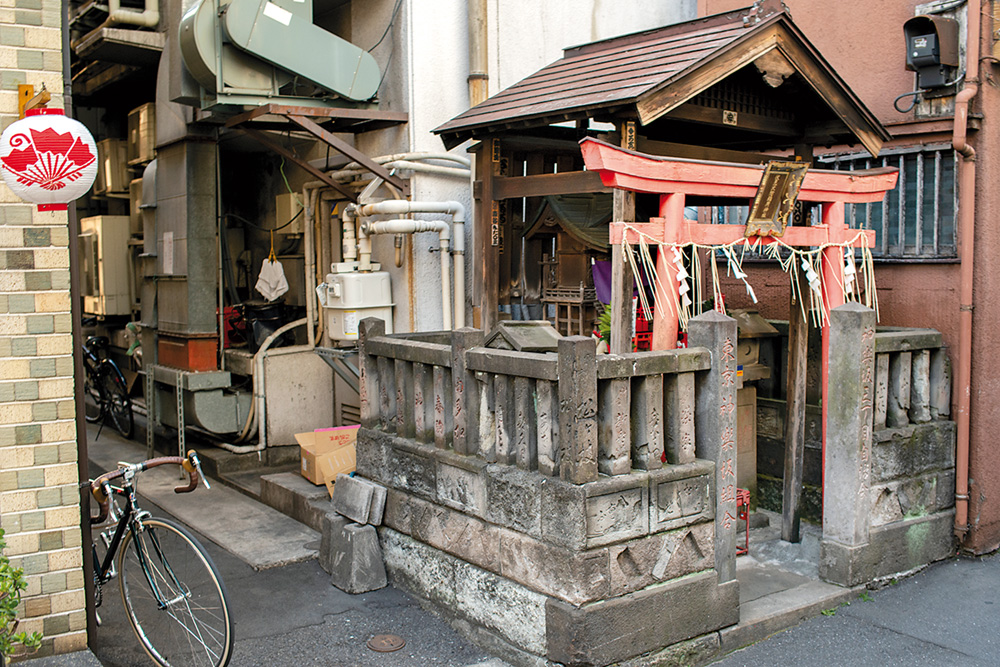
By the way, the place where this tiny, rather unprepossessing park now stands has played an important role in the history of Kagurazaka. As the name suggests, this spot was originally occupied by a temple, Gyogan-ji, where major historical figures such as OTA Dokan came to worship the goddess Senju kannon. In front of the temple gate was an inn, and every time the third shogun Iemitsu came to practise falconry, he stopped there for a quick meal. Then, around 1857, a part of this area became a place of excursions and leisure and led to the establishment of the geisha world. Many artists, entertainers and celebrities were said to be regulars. Among them was the aforementioned Soseki who later wrote a few essays (featured in the 1915 collection Garasu Do no Uchi “Inside My Glass Doors”), in which he reminisced about the days when, as a child, he used to play in the temple grounds with his cousin.
Eventually, in 1907, Gyogan-ji was moved to another location in Tokyo, leaving behind the tiny park and, now, the ugly apartment building. Kagurazaka has had a long and intense love affair with many artists and literati who lived in the area. During the Meiji and Taisho period (between the mid- 19th and the early 20th century) it was portrayed in words and paintings by the likes of Ozaki Koyo, Izumi Kyoka and KANEKO Mitsuharu. Izumi, in particular, was closely related to the geisha world and even wrote a book, Onna Keizu, based on his relationship with a geisha.
Kagurazaka has also been chosen as a location for several TV shows. For example, Hana wa Hanayome – a pun on hana (flower) and hanayome (bride) – is a 1971 TV drama about a geisha working in the district who marries a local flower shop owner. Popular actress YOSHINAGA Sayuri played the protagonist and learned from a real geisha how to move and behave.
More recently, NINOMIYA kazunari (a member of the uber-popular idol group Arashi) starred in Haikei, Chichiue-sama (Dear Father), a 2007 TV drama chronicling the vicissitudes of a longestablished kagurazaka restaurant struggling to survive amid the changing times.
For those who feel more adventurous, the district’s charm extends beyond the alleys immediately surrounding the main street. If you walk in the direction of the Ushigome-Kagurazaka subway station, for instance, you will arrive at Wakamiya Hachiman Shrine. It was here that kagura (sacred music and dance) was performed back in the day.
This has always been a high-class residential area, and even today it retains the look and feel of old money. Here you will not find any high-rise apartment blocks because the long-time residents are reluctant to sell their land.
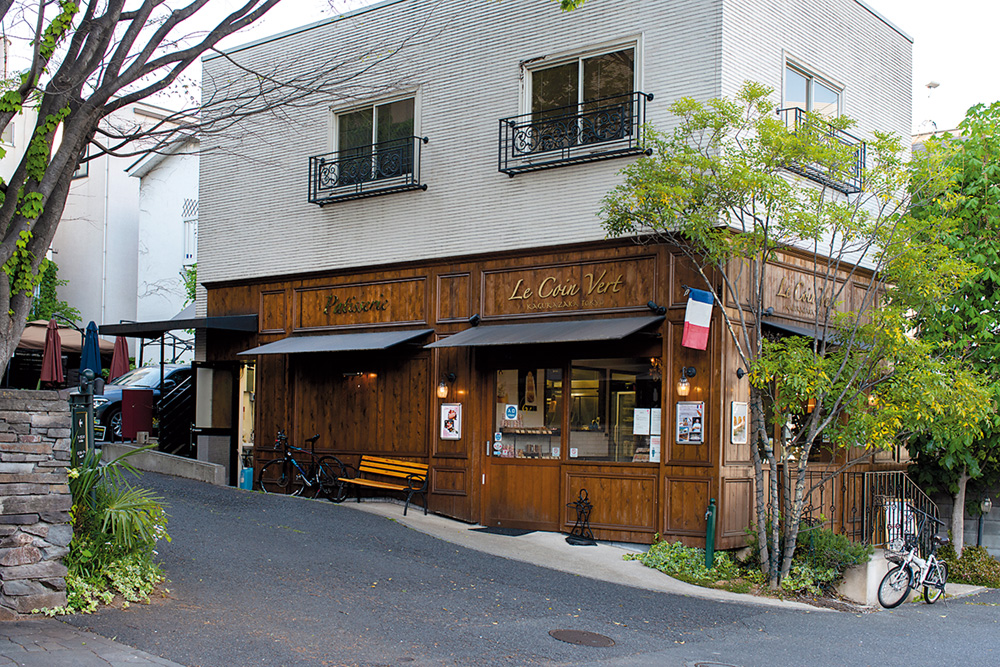
If you stick your nose into dead-ends and behind corners long enough, you may find two relics from the 1950s that have been registered as tangible cultural properties by the Agency for Cultural Affairs: the Suzuki Family residence and Issuiryo. The latter structure was built in 1951 as a carpenter’s dormitory. It was later turned into a rental apartment and is currently used as an office. Both houses are rare, beautiful examples of Showa retro – veritable dinosaurs in terms of Tokyo architecture. They have recently been reinforced against earthquakes so, hopefully, they should be around for a while.
These and other hidden treasures can be found in kagurazaka, a little piece of old Japan where time may not have stopped, but it has slowed down to a leisurely pace. In 1930, the hit song New Tokyo March sang the praises of the little hill where Bishamonten’s presence could be felt and the alleys were full of cute maiko (apprentice geisha) and potted plants. The maiko may be gone, but Bishamonten, the flowers and Kagurazaka’s magic atmosphere are still there.
GIANNI SIMONE

